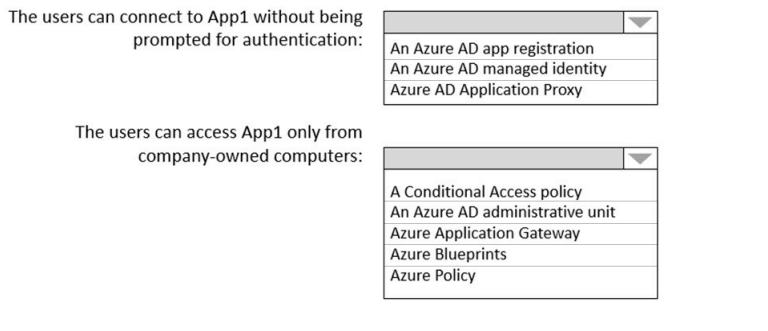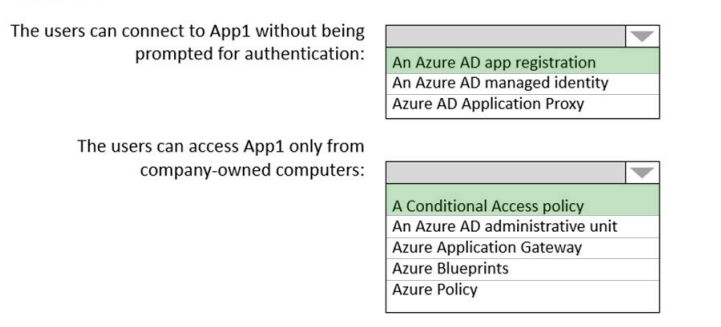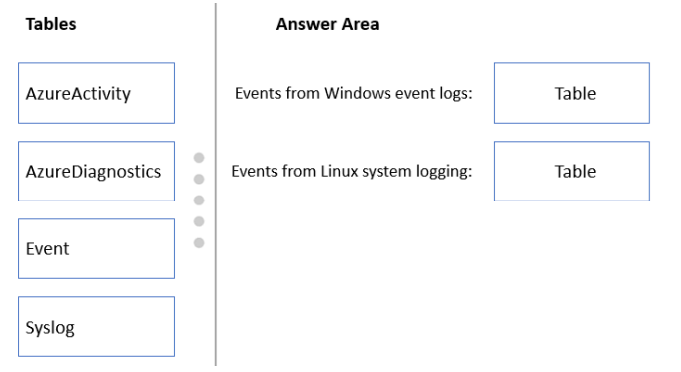Note: This question is part of a series of questions that present the same scenario. Each question in the series contains a unique solution that might meet the stated goals. Some question sets might have more than one
correct solution, while others might not have a correct solution.
After you answer a question in this section, you will NOT be able to return to it. As a result, these questions will not appear in the review screen.
Your company deploys several virtual machines on-premises and to Azure. ExpressRoute is deployed and configured for on-premises to Azure connectivity.
Several virtual machines exhibit network connectivity issues.
You need to analyze the network traffic to identify whether packets are being allowed or denied to the virtual machines.
Solution: Use Azure Network Watcher to run IP flow verify to analyze the network traffic.
Does this meet the goal?
A. Yes
B. No
Answer:A
✅ Explanation:
The solution does meet the goal.
Azure Network Watcher – IP Flow Verify is specifically designed to help diagnose network connectivity issues for a virtual machine by verifying whether a packet is allowed or denied by Azure Network Security Groups (NSGs).
Why this works:
IP Flow Verify checks source IP, destination IP, port, protocol, and the NSG rules applied to the network interface or subnet.
It reports whether the traffic is allowed or denied, and which rule is responsible.
It’s ideal for diagnosing VM-level connectivity problems — both in Azure and when hybrid connectivity like ExpressRoute is involved.
❌ What it doesn’t do:
It doesn’t show actual packet capture or deep inspection, but for the stated goal (checking if packets are allowed or denied), it’s sufficient.
Therefore:
✅ The proposed solution meets the goal.





